In sunny Florida, an unsuspecting danger lurks in the shadows - the Puss Caterpillar.
As you stroll through your garden or explore the local park, you may encounter this intriguing insect.
At first glance, you might be drawn to its fuzzy, woolly appearance. However, beware - this seemingly harmless creature carries a painful secret.
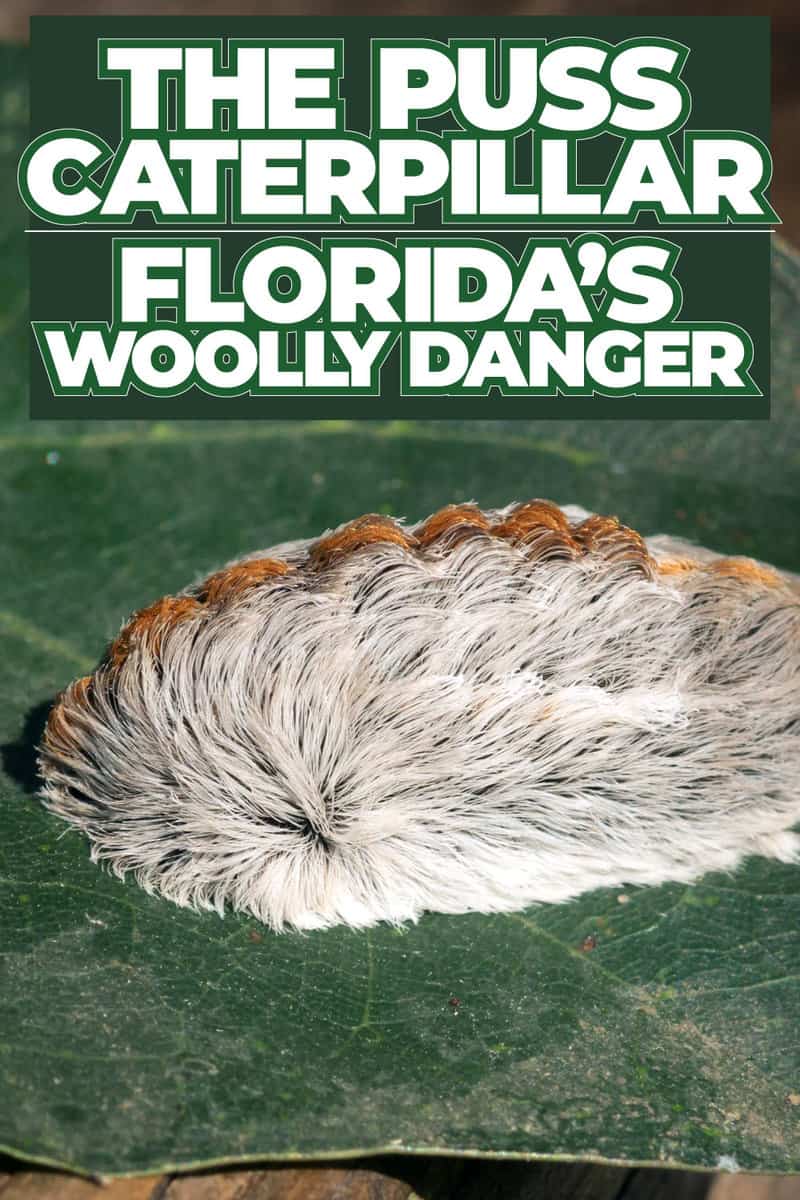
Don't let the Puss Caterpillar's seemingly adorable look deceive you. Hidden beneath their furry exterior are venomous spines that inflict excruciating stings upon contact.
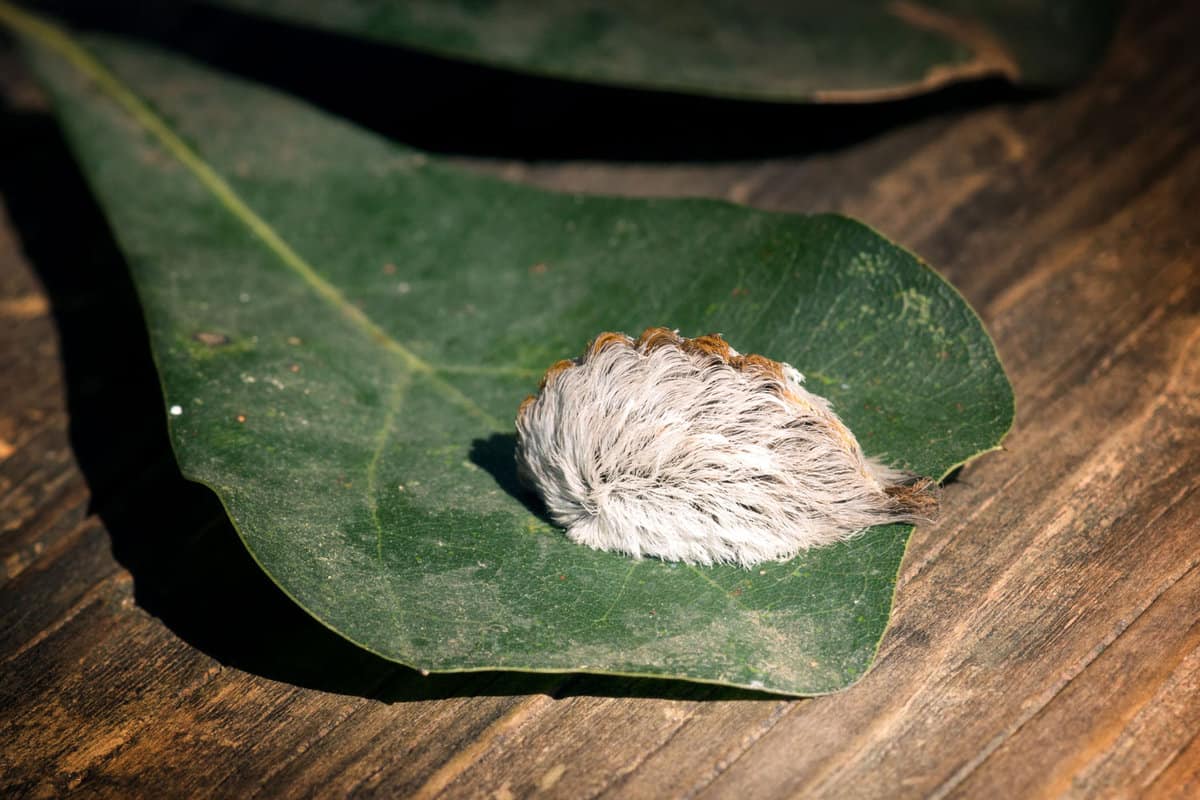
Join us as we explore more about this unique Florida insect.
We will learn about the Puss Caterpillar, how to recognize them, and crucially, how to safeguard yourself and your family from their potential sting!
Florida's Puss Caterpillar Characteristics
In a state famous for its exotic wildlife, little did you know that the seemingly innocent puss caterpillar is something Floridians should be wary of.
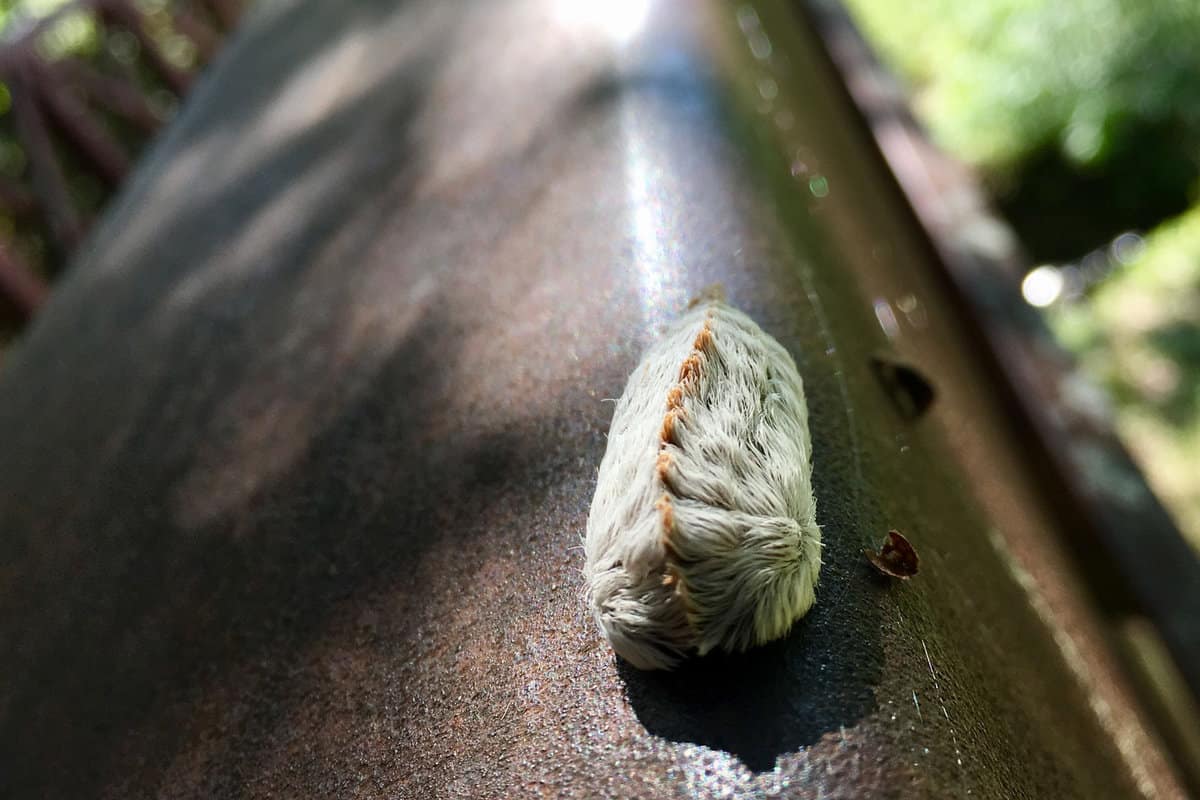
It is incredibly small and seemingly harmless at first glance but one of Florida's most dangerous creatures.
In the following, we provide a detailed profile of this creature, equipping you with the knowledge to identify and avoid potential harm.
Appearance - What Does The Puss Caterpillar Look Like?
The Puss Caterpillar boasts an innocent appearance, with hair-like bristles covering its whole body.
Its soft and fluffy exterior might tempt you to touch it, but don't be fooled!
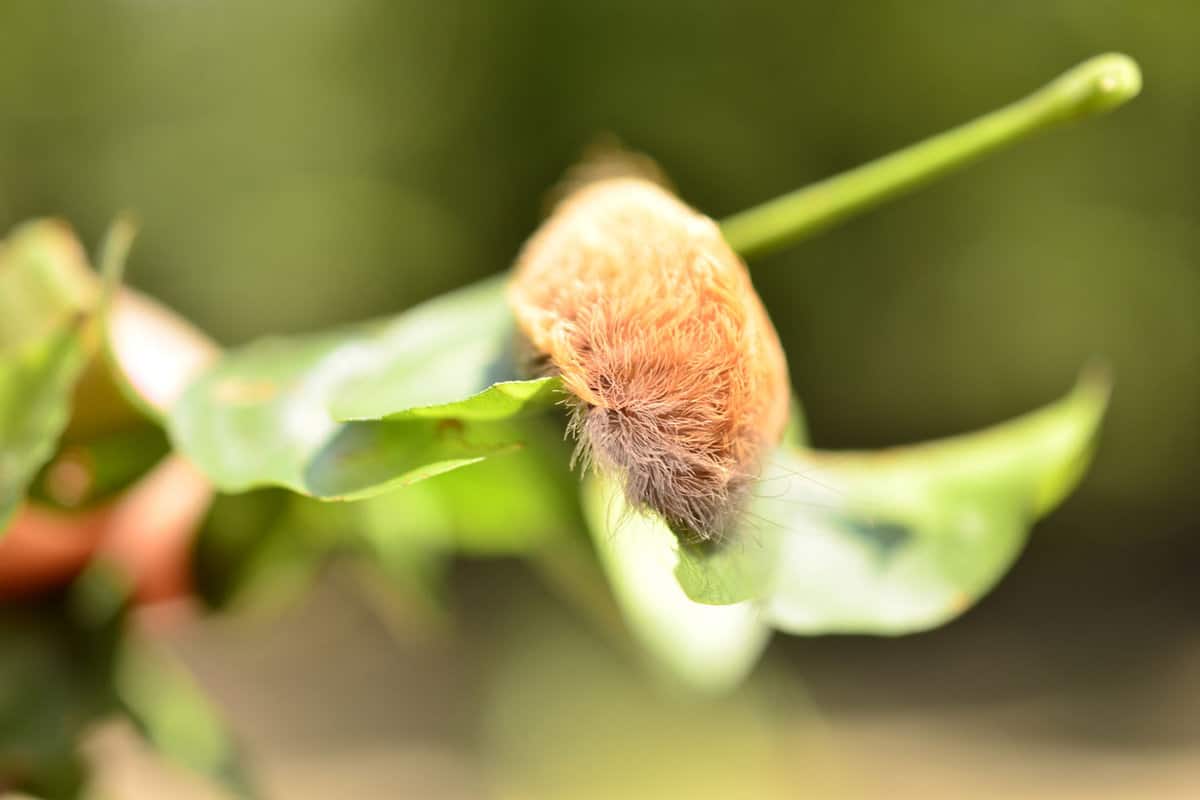
Concealed beneath those bristles is an array of toxic spines waiting to strike an unwitting victim.
The Puss Caterpillar often has an orange streak in the middle, adding a touch of color to its otherwise monotonous hue.
Toxic Spines - Why Is The Puss Caterpillar So Dangerous?
As mentioned, beneath the Puss Caterpillar's innocent-looking exterior lies a potential health hazard.
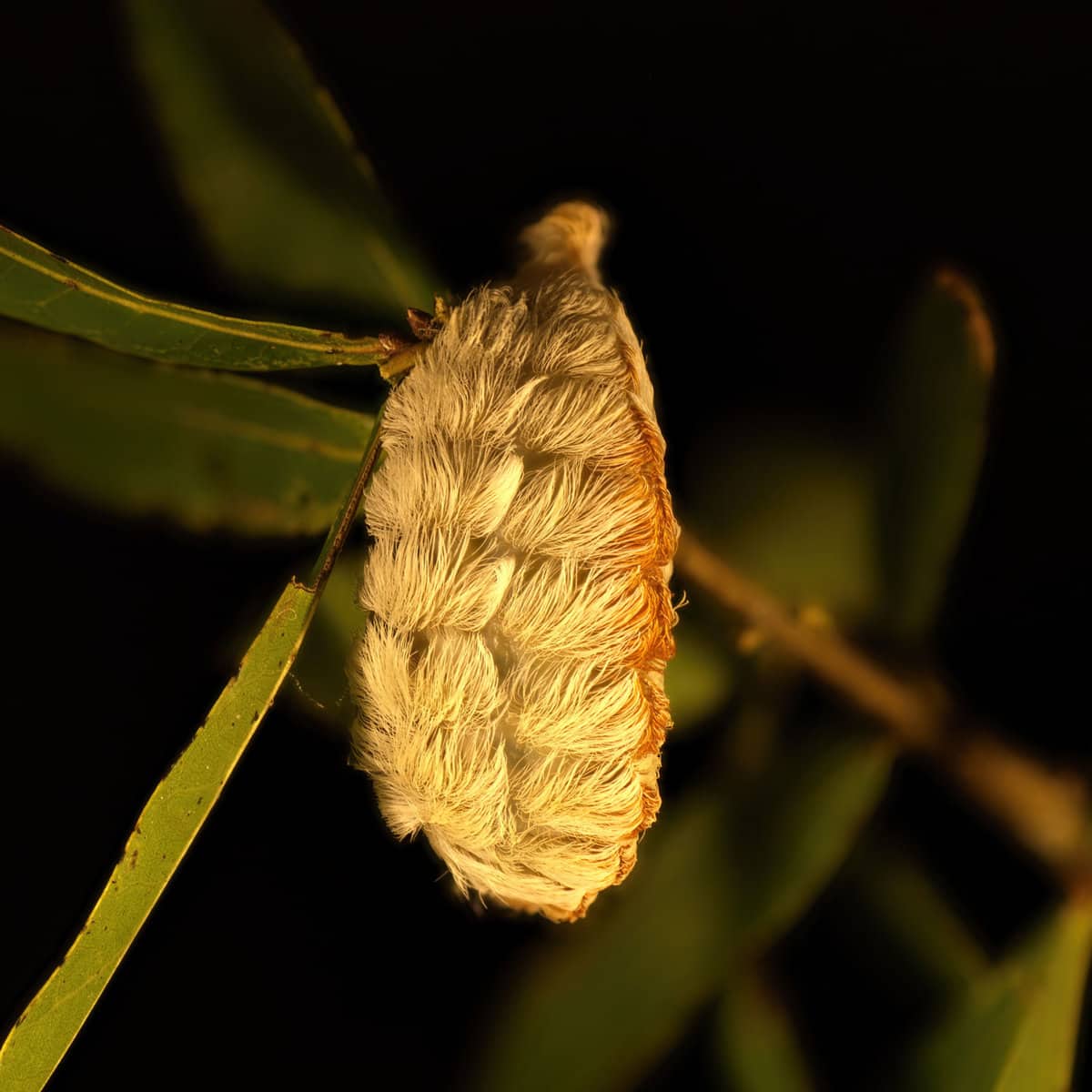
The toxic spines, easily mistaken for hair-like bristles, are actually what makes this creature such a threat.
Contact with these spines may lead to severe pain, swelling, and other unpleasant symptoms.
Where Is The Puss Caterpillar Found?
You might wonder where you can find these fuzzy creatures called puss caterpillars.
Primarily, they are located in Central Florida and make their homes on various trees. Some of their favorite spots include oak, elm, and citrus trees.

In Central Florida, you'll find puss caterpillars in abundance on these trees, often feeding on the leaves.
However, they've also been known to munch on other types of foliage, like elm and oak trees.
Although Florida is their main territory, puss caterpillars have been spotted in other areas of the United States.
For instance, people have reported sightings in New Jersey and Arkansas. Keep in mind that these instances are rare, but it's essential to remain cautious and informed.
The Sting Of The Puss Caterpillar And Its Effects
You should know about the symptoms and treatment in case you ever have an unfortunate encounter with this venomous creature.
Symptoms
When stung by a Puss Caterpillar, you'll likely experience the following:
- Intense burning pain: This is the most common symptom and can last several hours.
- Rash: The sting site may develop a red, blotchy rash.
- Blisters: Small blisters can form around the sting area.
- Swelling: You may notice swelling around the sting site, sometimes extending to nearby areas.
Treatment
If you ever get stung by a Puss Caterpillar, follow these steps to alleviate the pain and reduce the risk of complications:
1. Remove the Venomous Spines
Use adhesive tape, such as duct tape, to gently remove the spines from your skin.
2. Wash the Area
Rinse the sting site with soap and cold water to clean it and reduce the risk of infection.
3. Apply a Cold Compress
To reduce pain and swelling, apply a cold pack or ice wrapped in a cloth to the affected area for 10-15 minutes.
4. Take Over-The-Counter Pain Medication
Ibuprofen or acetaminophen can help manage pain. Follow the recommended dosage on the label.
5. Avoid Scratching
Resist the urge to scratch the sting area, as it can worsen the rash and increase the risk of infection.
6. Monitor the Symptoms
Keep an eye on the symptoms. If they worsen or last more than a few days, consult a healthcare professional.
Seasonal Prevalence Of The Puss Caterpillar
The Puss Caterpillar, also known as Florida's Woolly Danger, has a seasonal prevalence that you should be aware of to protect yourself from its painful sting.
Fall Season: Increased Sightings
During fall, these fuzzy creatures are seen more frequently. Their population increases as they hatch from their eggs to search for food.
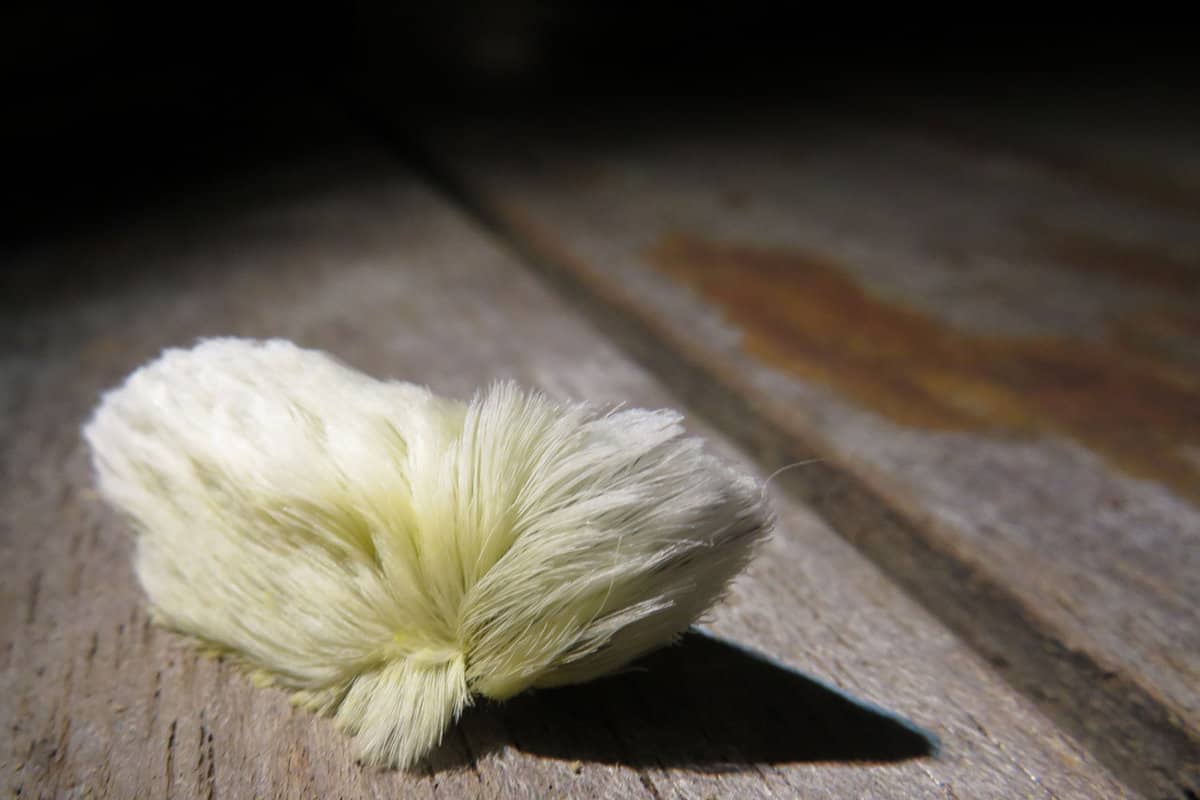
September to November are particularly important months when encountering them becomes more likely.
Keep a lookout for these toxic critters lurking around during this time.
Spring Season: A Reappearance
As for spring, Puss Caterpillars tend to reappear when temperatures begin to rise.
Between April and June, they can be found feasting on the leaves of various host plants. This is the perfect time for them to grow and prepare for the next generation.
Beware the Southern Flannel Moth
Florida residents must know that the Puss Caterpillar transforms into the Southern Flannel Moth.
The adult moths, often less noticeable than their caterpillars, are usually pale brown with occasional reddish hues.
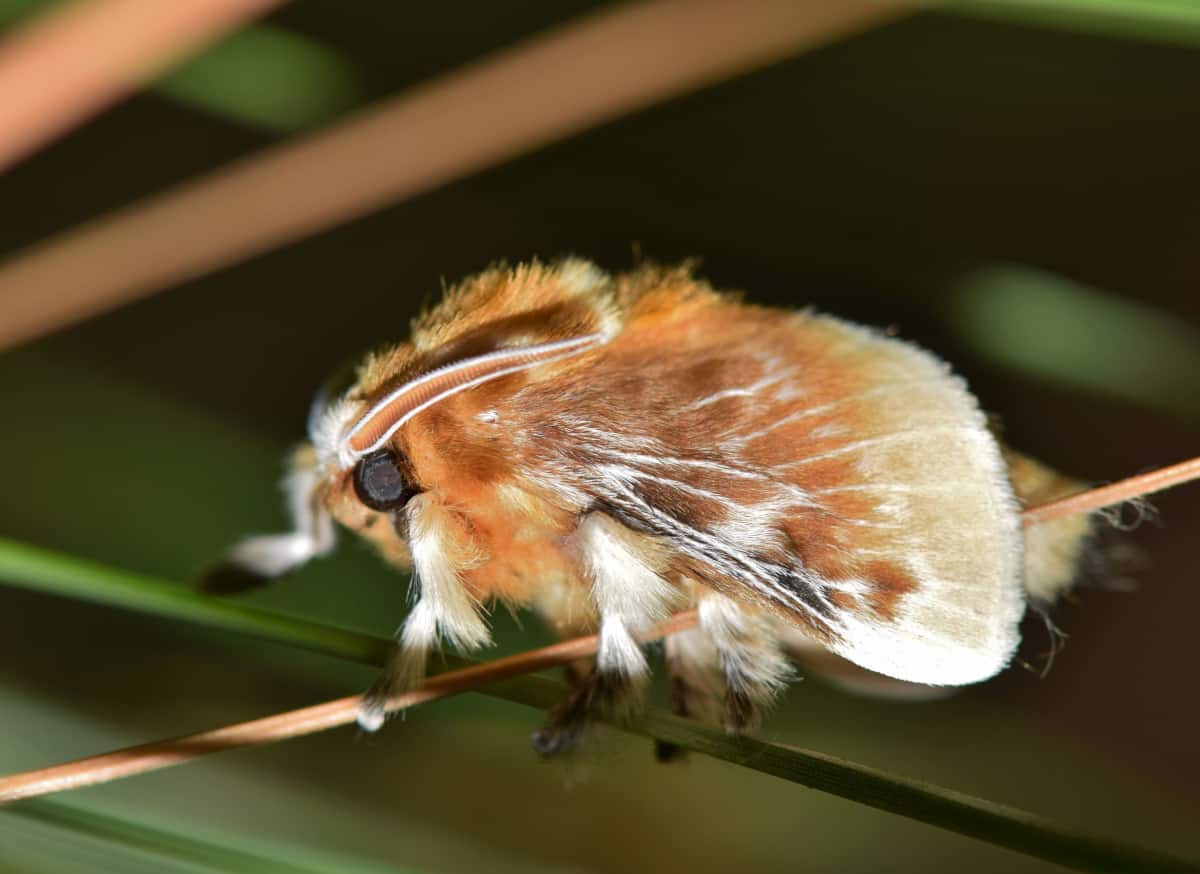
Though they may appear harmless, they originate from dangerous caterpillars.
You'll find these creatures often from May to November, especially on oak and citrus trees, when they produce multiple generations.
The moth's life cycle is intriguing: from caterpillar to silk cocoon, where they shed their skin to reveal the developing pupa, and finally, they emerge as an adult moth, ready to start the cycle anew.
Precautions and Safety Tips
As the Puss Caterpillar is dangerous and venomous, it's essential to exercise caution in areas where they might be found.
Here are some precautions and safety tips to help protect you and your loved ones from the Woolly Danger that is the Puss Caterpillar.
When venturing outdoors, always:
- Be aware of your surroundings. Keep an eye out for any Puss Caterpillars nearby and avoid touching them.
- Dress appropriately. Wear long-sleeved shirts, long pants, and closed-toe shoes to minimize skin exposure.
- Educate your children. Make sure they know about the risks associated with this tiny critter and teach them to never touch a caterpillar they encounter.
If you suspect a Puss Caterpillar is in your yard, garden, or outdoor area:
- Contact a professional to assess the situation and safely remove the caterpillar.
- Do not attempt to handle the caterpillar yourself, as their venomous bristles can easily break off and embed in the skin.
Confidently Face this Woolly Threat!
As you've learned, this seemingly harmless creature carries an array of venomous spines beneath its fur.
When accidentally touched or disturbed, the Puss Caterpillar can inflict severe pain and symptoms.
It's crucial to stay vigilant and avoid contact with this creature. Educate others about its potential harm and report any sightings to the local authorities.
By taking these measures, you can help raise awareness, prevent painful encounters, and promote safety within your community.
So the next time you're out and about in Florida, keep an eye out for the deceptive Puss Caterpillar, and be prepared to face the woolly danger with confidence.
For more wildlife to observe, check them out below.
7 Terrifying Florida Wildlife Species: Unforgettable Encounters on Your Visit
17 Iconic Animals to Spot in the Florida Keys
